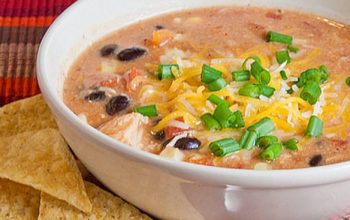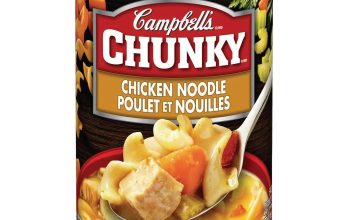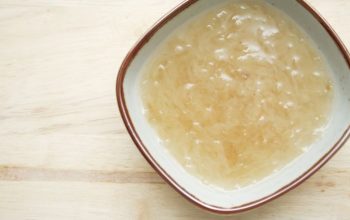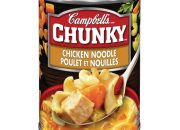5-Bean Soup Recipe Variations: 5 Bean Soup Recipe
5 bean soup recipe – This section explores three distinct 5-bean soup recipes, each showcasing a unique flavor profile: spicy, smoky, and herby. We’ll analyze their nutritional content and delve into their cultural origins, highlighting regional adaptations and historical influences.
Recipe Variations: Spicy, Smoky, and Herby 5-Bean Soups
The following table details the ingredients for each variation. Note that quantities are approximate and can be adjusted to personal preference.
| Ingredient | Spicy | Smoky | Herby |
|---|---|---|---|
| Beans (Kidney, Pinto, Black, Navy, Great Northern) | 1 cup each | 1 cup each | 1 cup each |
| Onion, chopped | 1 large | 1 large | 1 large |
| Garlic, minced | 4 cloves | 4 cloves | 4 cloves |
| Vegetable broth | 8 cups | 8 cups | 8 cups |
| Diced tomatoes | 1 (28 ounce) can | 1 (28 ounce) can | 1 (28 ounce) can |
| Spices/Seasoning | 1 tbsp chili powder, 1 tsp cumin, 1/2 tsp cayenne pepper | 1 tbsp smoked paprika, 1 tsp liquid smoke, 1 tsp garlic powder | 2 tbsp fresh chopped herbs (rosemary, thyme, oregano), 1 tsp dried basil |
| Other additions | 1 jalapeño, chopped (optional) | 1/2 cup chopped bacon or pancetta | 1 cup chopped spinach |
Nutritional Comparison of 5-Bean Soup Variations
The nutritional profiles of the three variations differ slightly due to the added ingredients.
- Spicy: Higher in Vitamin C (from jalapeño and tomatoes), potentially higher in fat if jalapeño is included.
- Smoky: Higher in fat due to bacon/pancetta; the smoked paprika adds a unique flavor profile.
- Herby: Higher in Vitamins A and K from spinach and herbs; provides a more nutrient-dense option.
Note: Exact nutritional values depend on the specific ingredients used and portion sizes.
Cultural Origins of 5-Bean Soup Variations
While a definitive origin is difficult to pinpoint, 5-bean soup’s variations reflect diverse culinary traditions. The use of beans is prevalent across cultures. The spicy version draws influences from Southwestern US and Mexican cuisines, where chili powder and other spices are prominent. The smoky version echoes influences from Southern US and BBQ traditions. The herby version could be interpreted as a more Mediterranean or European style, incorporating fresh herbs.
Regional adaptations abound, with variations in bean types, spices, and added ingredients reflecting local preferences.
Cooking Methods for 5-Bean Soup
This section details three methods for preparing 5-bean soup: slow cooker, pressure cooker, and stovetop. We’ll compare their advantages and disadvantages, focusing on time, effort, and flavor development. A visual comparison of the resulting soup textures will also be provided.
Yo! That 5 bean soup recipe is totally bomb, especially when it’s hot outside. Need more summery soup inspo? Check out these recipes for summer soups for some serious chill vibes. Then, get back to that 5 bean goodness – it’s a total game-changer for a light and healthy meal.
Step-by-Step Cooking Methods, 5 bean soup recipe
| Method | Slow Cooker | Pressure Cooker | Stovetop |
|---|---|---|---|
| Preparation | Sauté onions and garlic. Combine all ingredients in slow cooker. | Sauté onions and garlic. Combine all ingredients in pressure cooker. | Sauté onions and garlic. Add beans, broth, and other ingredients to a large pot. |
| Cooking Time | 6-8 hours on low, or 3-4 hours on high | 30-45 minutes on high pressure, followed by a natural pressure release | 1-1.5 hours, stirring occasionally |
| Texture | Beans are very soft and tender. | Beans are soft and tender. | Beans are slightly firmer than slow cooker or pressure cooker methods. |
Visual Comparison of Soup Textures
The slow cooker and pressure cooker methods produce a very similar result: beans are exceptionally soft and tender, the broth is rich and thick. The color is a deep, consistent hue. The stovetop method results in a slightly thinner broth, with beans maintaining a bit more texture. The color may be slightly less uniform.
Comparison of Cooking Methods
- Slow Cooker: Advantages: Minimal hands-on time, consistent low heat results in tender beans. Disadvantages: Long cooking time.
- Pressure Cooker: Advantages: Significantly faster cooking time than slow cooker or stovetop. Disadvantages: Requires specialized equipment.
- Stovetop: Advantages: No special equipment needed, allows for more control over the cooking process. Disadvantages: Requires more hands-on time and attention.
Ingredient Substitutions in 5-Bean Soup
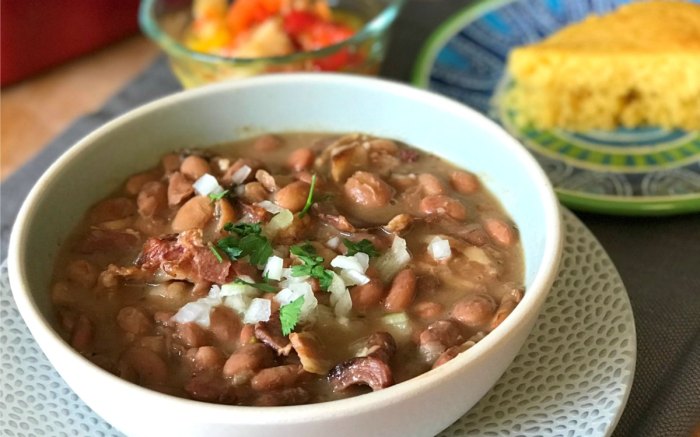
Source: whatscookingamerica.net
This section explores possible substitutions for beans, broth, and spices, analyzing their impact on taste and texture. A table summarizing these substitutions and their effects is provided.
Bean Substitutions
- Cannellini Beans: Offer a creamy texture, similar to Great Northern beans.
- Black-eyed Peas: Add a slightly sweet and nutty flavor.
- Lima Beans: Contribute a buttery, slightly starchy texture.
Broth Substitutions
Vegetable broth can be replaced with water or chicken broth. Using water will result in a less flavorful soup. Chicken broth will add a savory depth of flavor.
Ingredient Substitution Table
| Ingredient | Substitution | Effect on Taste | Effect on Texture |
|---|---|---|---|
| Great Northern Beans | Cannellini Beans | Similar, slightly creamier | Creamier |
| Vegetable Broth | Water | Less flavorful | No significant change |
| Chili Powder | Smoked Paprika | Smokier flavor profile | No significant change |
Serving Suggestions and Variations of 5-Bean Soup
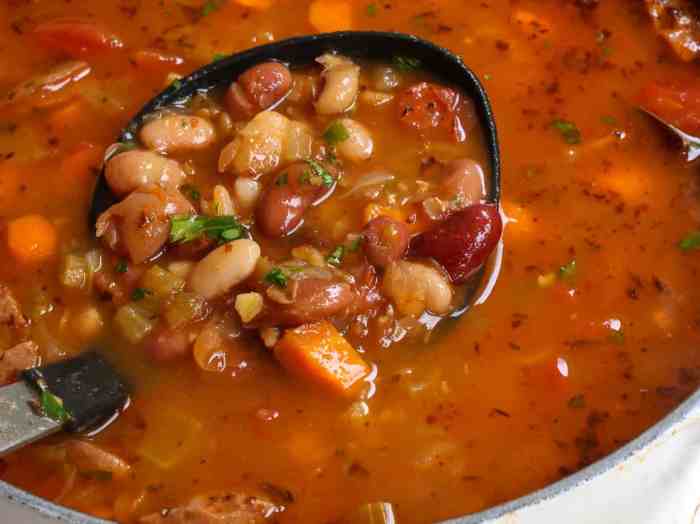
Source: smalltownwoman.com
This section provides serving suggestions, ideas for transforming leftovers, and creative variations of 5-bean soup. A table showcasing creative variations is included.
Serving Suggestions
- Serve with crusty bread for dipping.
- Garnish with fresh herbs (parsley, cilantro).
- Top with a dollop of sour cream or Greek yogurt.
- Add a squeeze of lime juice for brightness.
- Serve with a side of cornbread.
Transforming Leftovers
Leftover 5-bean soup can be easily transformed into a hearty chili by adding more spices and a touch of tomato paste. It can also serve as a base for a casserole, topped with cheese and other vegetables.
Creative Variations
| Variation | Added Ingredient | Flavor Profile | Texture |
|---|---|---|---|
| Italian 5-Bean Soup | Italian sausage, spinach, ditalini pasta | Savory, herby | Hearty |
| Spicy Chorizo 5-Bean Soup | Chorizo sausage, jalapeño peppers | Spicy, savory | Hearty |
| Vegetarian 5-Bean Soup with Quinoa | Quinoa | Hearty, slightly nutty | Slightly thicker |
Storage and Reheating of 5-Bean Soup
This section covers proper storage and reheating techniques to maintain the quality and flavor of 5-bean soup. A visual guide detailing the appearance of properly stored and reheated soup is included.
Storage Methods
Leftover 5-bean soup should be stored in airtight containers in the refrigerator for up to 4 days or in the freezer for up to 3 months. Glass or food-grade plastic containers are recommended.
Reheating Techniques
Reheat gently on the stovetop or in the microwave, stirring occasionally to prevent scorching. Avoid boiling, as this can affect the texture and flavor.
Visual Guide to Properly Stored and Reheated Soup
Properly stored soup maintains its original color and texture. The aroma should be pleasant and familiar. Spoiled soup may exhibit discoloration (e.g., darkening), an off-putting odor, or a slimy texture. Overheating can lead to a thickened consistency and a slightly burnt taste.
Question & Answer Hub
Can I use canned beans instead of dried beans?
Yes, using canned beans significantly reduces cooking time. Just be sure to rinse them well before adding them to the soup.
How long can I store leftover 5 bean soup?
Leftover soup can be stored in an airtight container in the refrigerator for up to 4 days or frozen for up to 3 months.
What if my soup is too thick or too thin?
Add water or broth to thin it, or simmer uncovered for a longer time to thicken it. You can also blend a portion for a creamier texture.
Can I make this soup in a Instant Pot?
Absolutely! Pressure cookers work wonderfully for 5 bean soup, significantly reducing cooking time.

